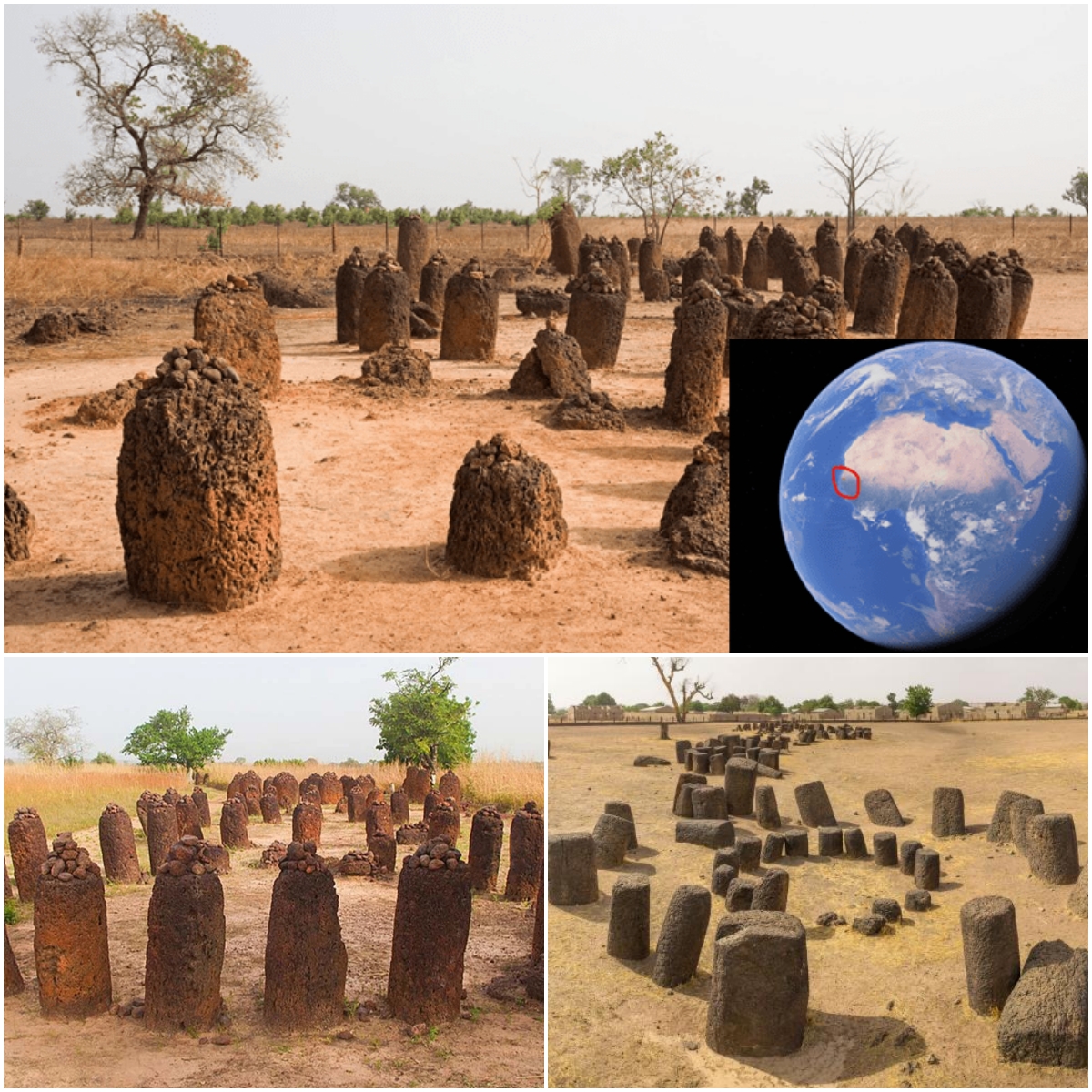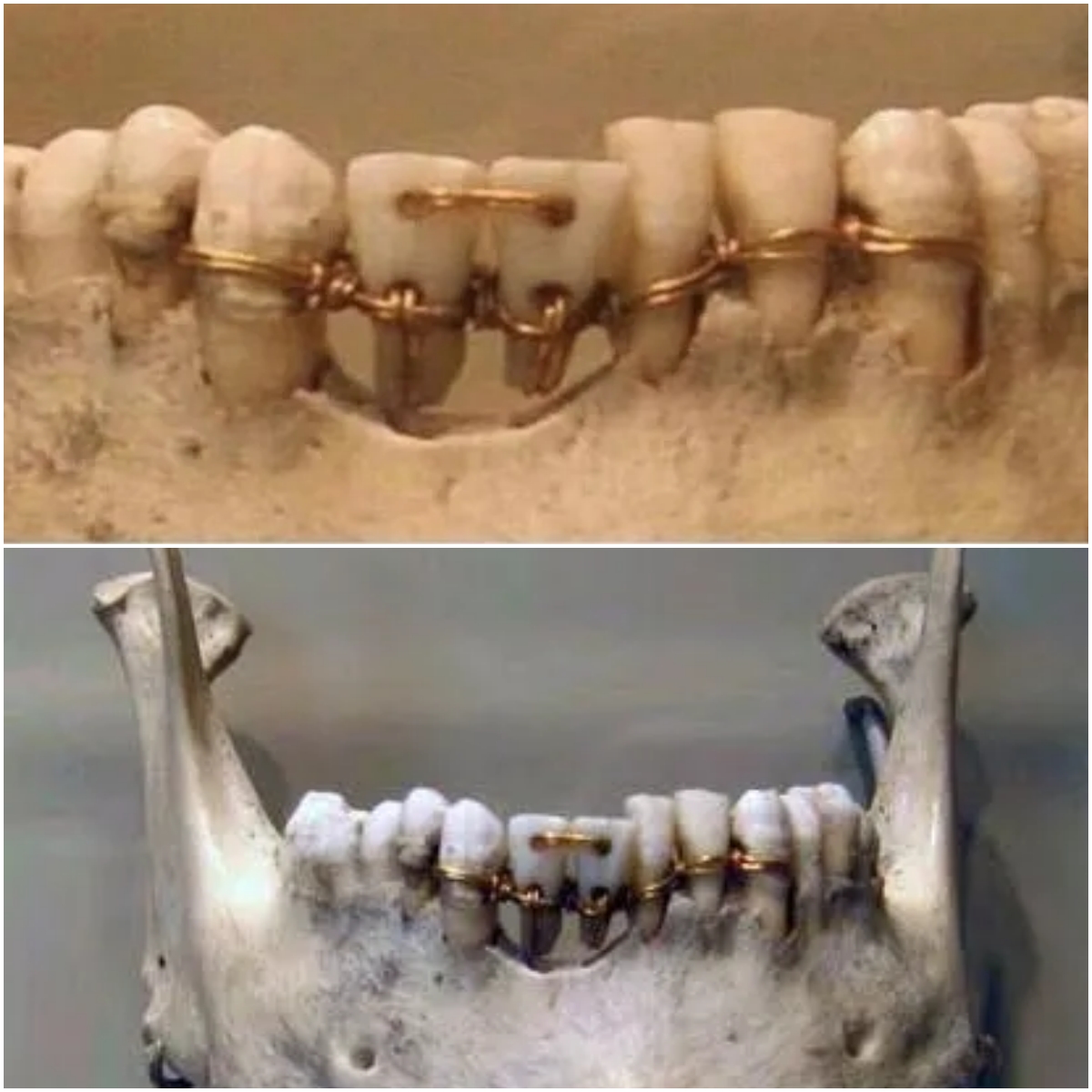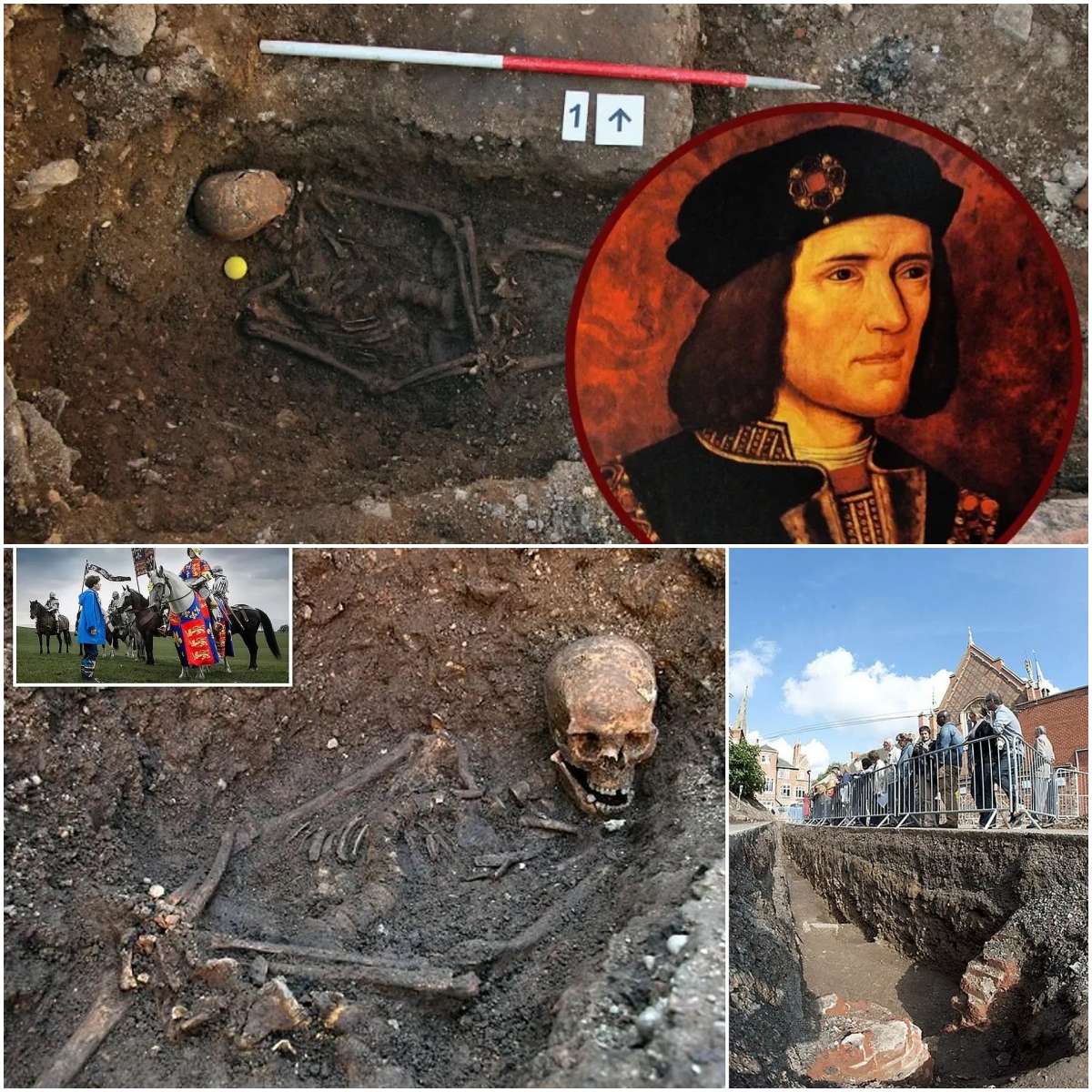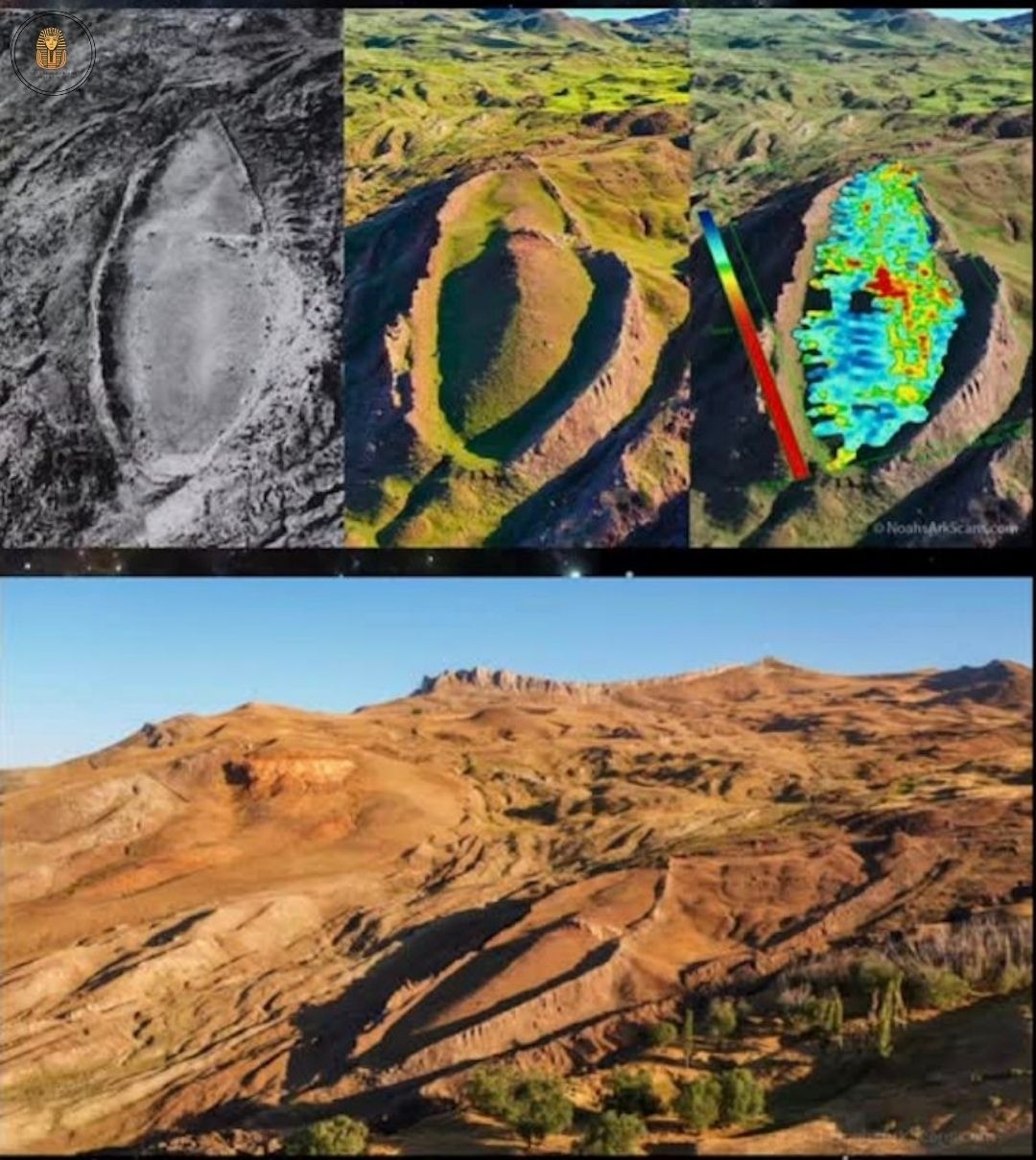An 1,800-Year-Old Maya City: Does Its Legacy Still Echo Today?
A new study on ancient Maya cities warns that archaeologists may face danger as a ghostly threat that once harmed the ancient inhabitants rises again when disturbed.
According to research recently published in the scientific journal Frontiers in Environmental Science, deep within the soil and sediments of ancient Maya cities lies a significant amount of mercury—enough to pose a serious risk to modern archaeologists. This contamination stems from the Maya’s ritualistic and practical use of mercury-related materials, including the strikingly beautiful red cinnabar powder, a symbol of imperial power.
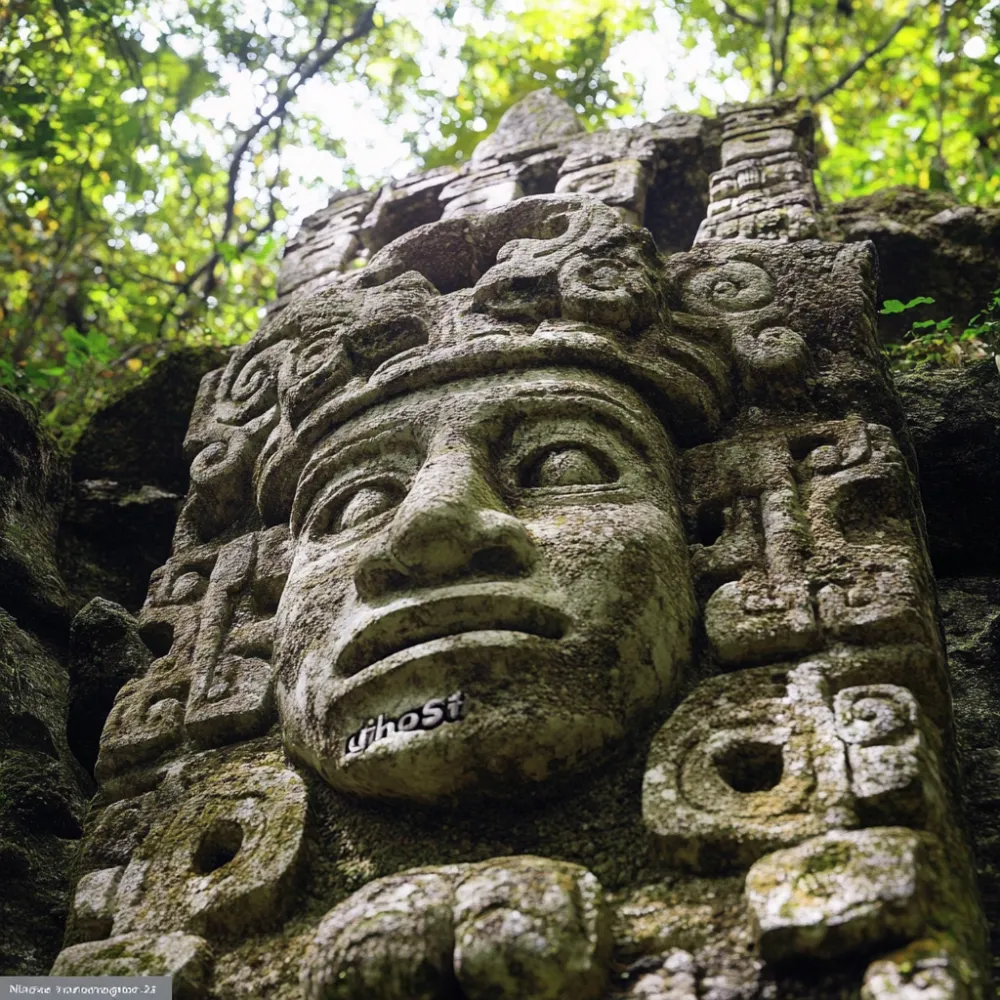
The most intense mercury pollution occurred between 250 and 1100 AD, which explains why older Maya cities remain unaffected.
At Tikal, one of the most famous Maya sites for both archaeology and tourism, mercury levels have been measured at 17.16 ppm—17.16 times higher than the toxic threshold.
Mercury poisoning is believed to have harmed the ancient Maya, leading to central nervous system damage, kidney and liver failure, deafness, paralysis, pathological obesity, and mental disorders—ailments that some eerie depictions in Maya carvings may reflect.
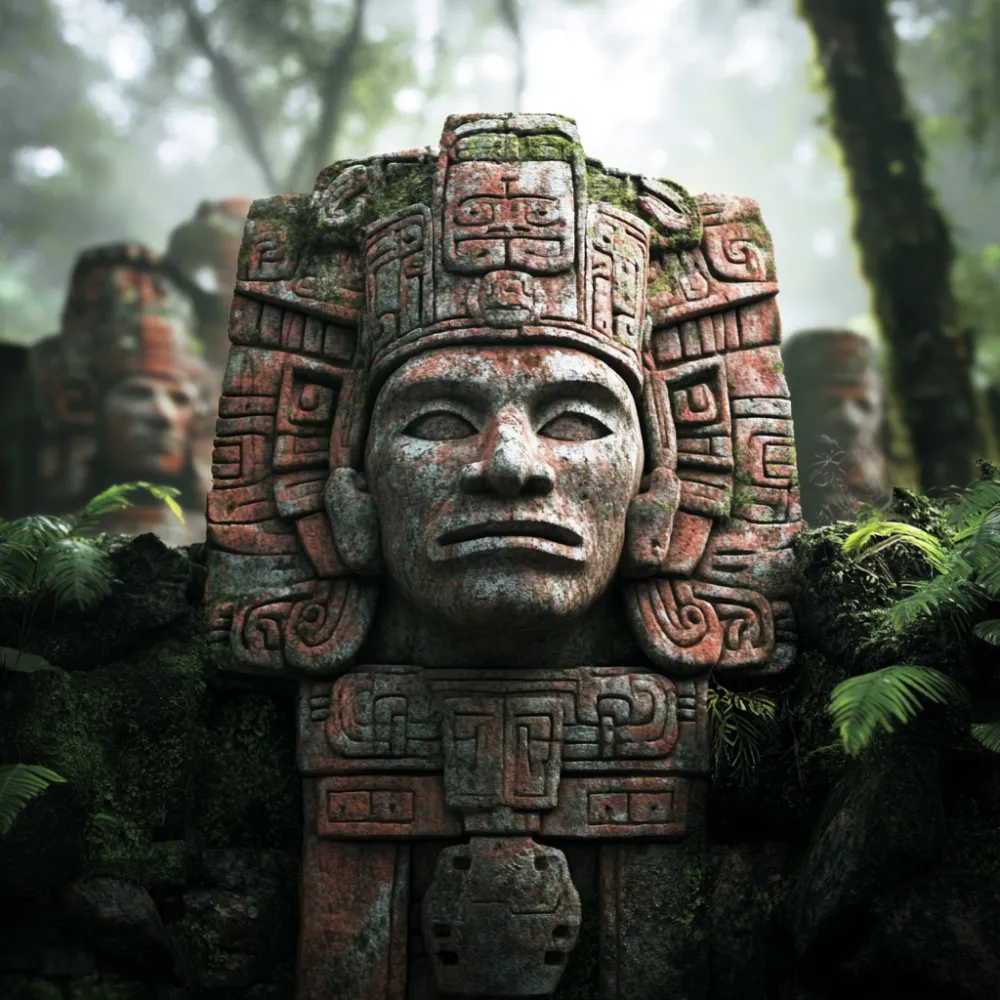
With present-day contamination levels still dangerously high, archaeologists remain at serious risk from this ancient “ghost” when excavating these sites. This underscores the urgent need to consider severe metal pollution in future excavations.
Previously, a research team led by Associate Professor Duncan Cook from Australian Catholic University analyzed sediments from multiple ancient Maya cities across present-day Mexico, Guatemala, and Honduras. They found that, except for the Classic Period site of Chan b’i, all other Maya cities suffered from heavy mercury contamination.
A new study reveals a chilling discovery: ancient Maya cities harbor dangerous levels of mercury, a legacy of the Maya’s use of cinnabar. This “ghost” of the past, linked to the civilization’s decline, now poses a risk to archaeologists excavating these sites. Could this toxic contamination be the key to understanding the Maya’s mysterious collapse?


